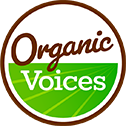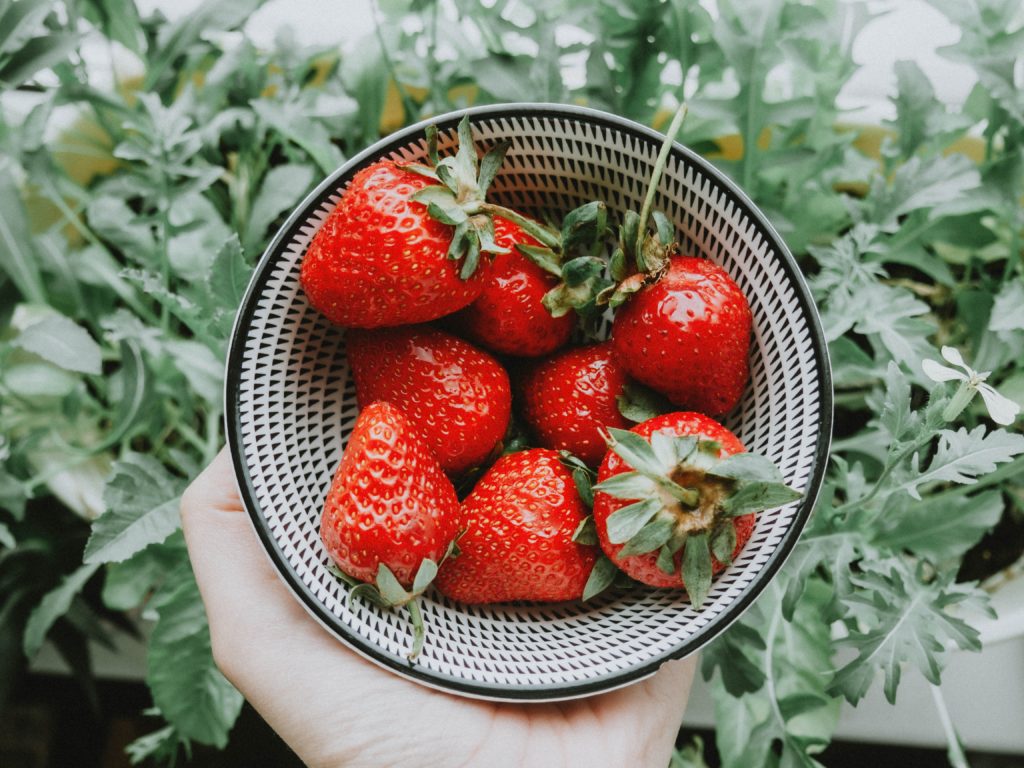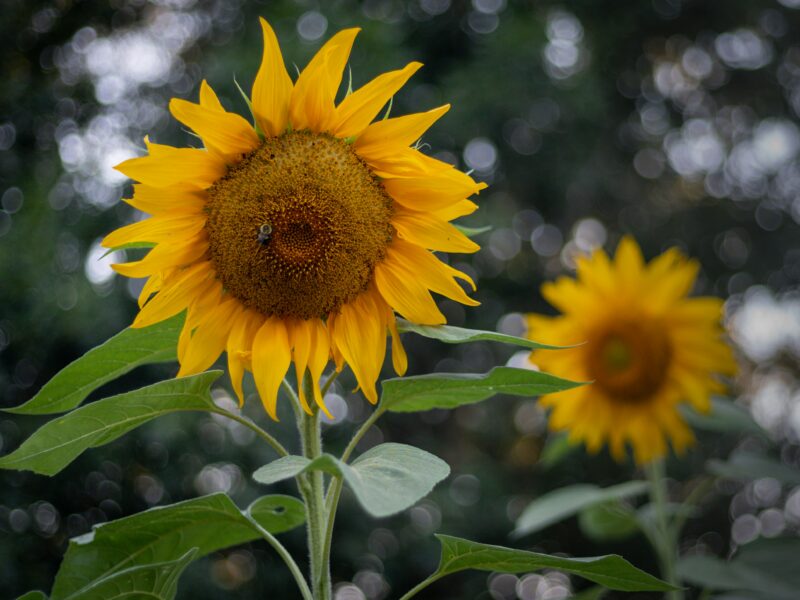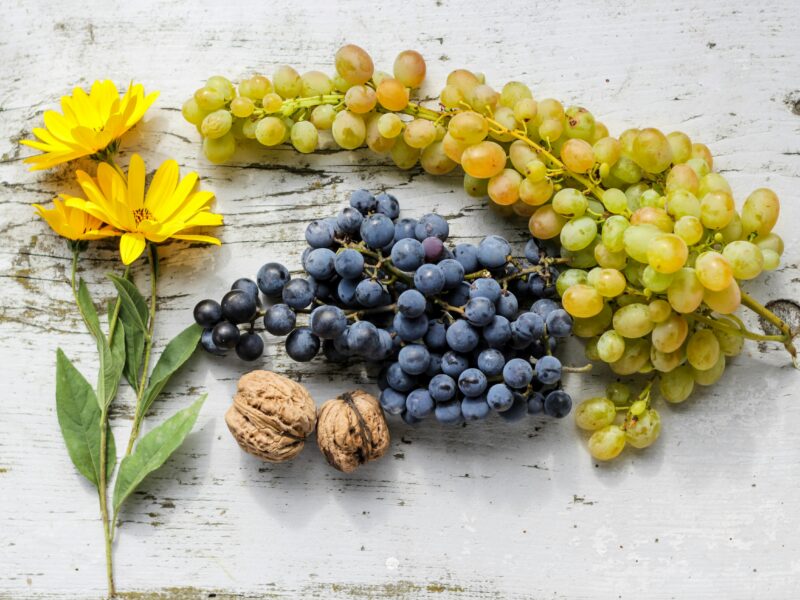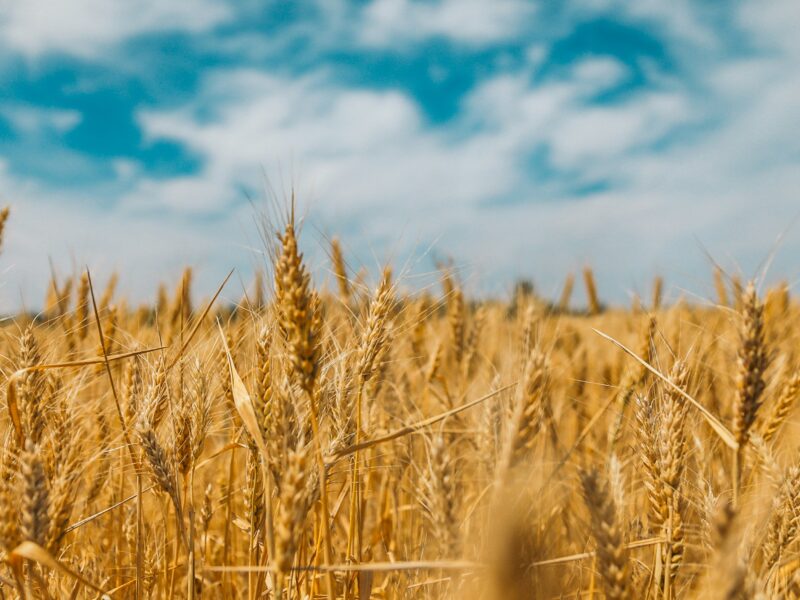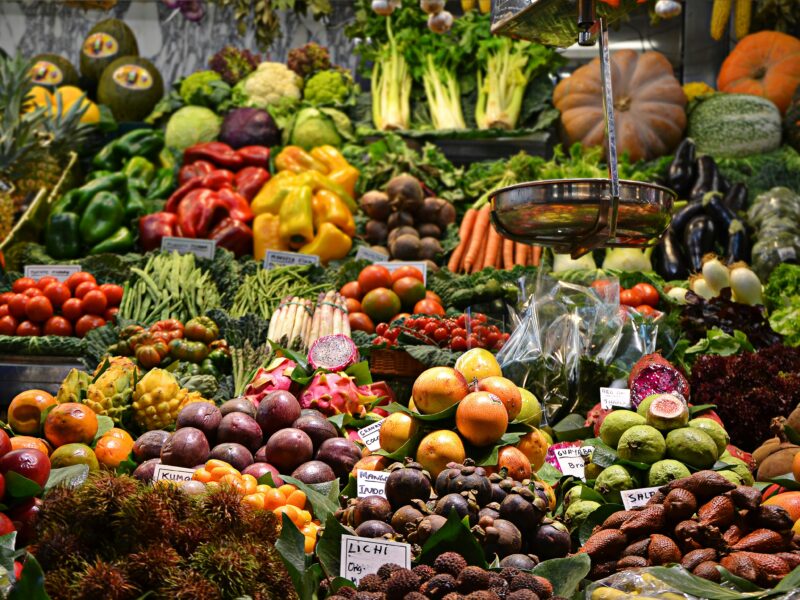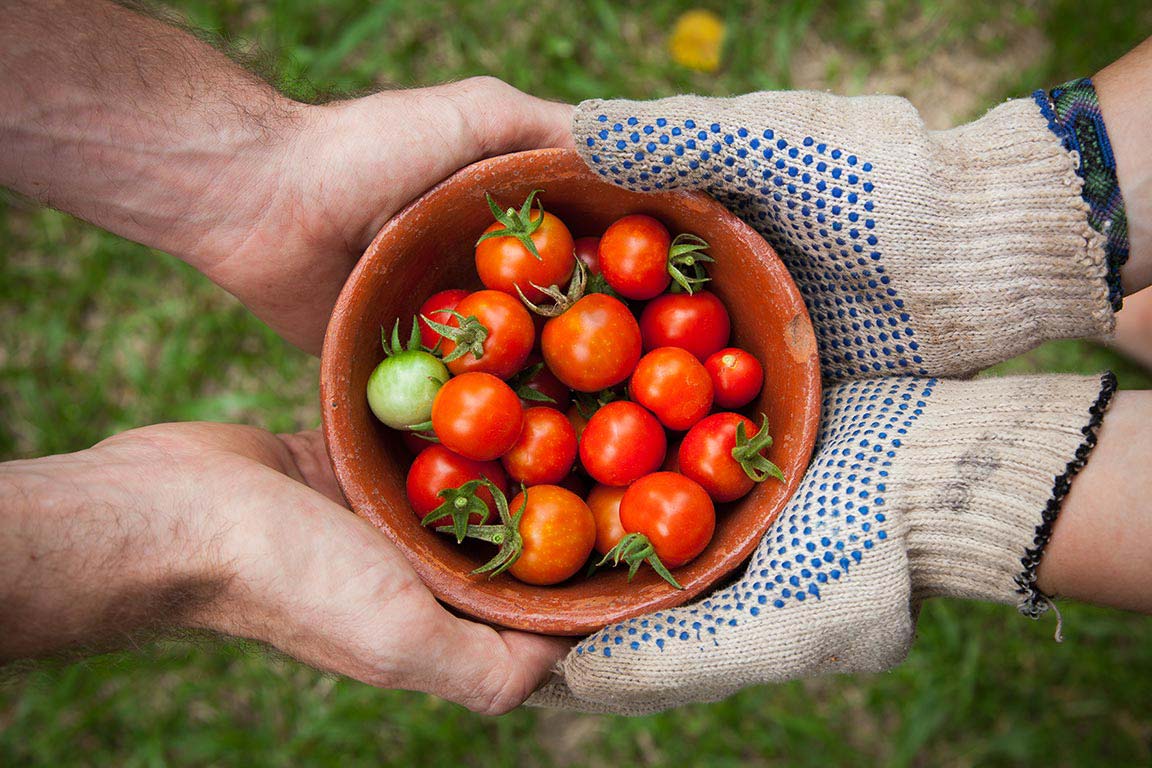If you’re out shopping you may notice that it’s harder to find certified organic in your local stores. During the pandemic supply chains were compromised and food scarcity became a concern. At the same time, we are seeing a dramatic increase in certified organic sales. The recently released Organic Trade Association survey showed that the U.S. organic sector celebrated a stunning year in 2019, with organic sales in the food and non-food markets totaling a record $55.1 billion.
Shoppers are demanding organic now more than ever. When consumers are polled, the number one reason they choose certified organic is to avoid pesticides. At Only Organic, we’ve highlighted that by choosing certified organic you’re skipping over 700 chemicals used in conventional food production. View our Skip The Chemicals campaign here. In addition to skipping chemicals a 2014 paper published in the British Journal of Nutrition showed that organic produce has significantly more antioxidant polyphenols than produce that has been grown in conventional methods.
To help you find organic produce we recommend shopping directly from your farmer by joining a community-supported agriculture organization, or CSA, or visiting a farmers market. You can use the Local Harvest site to locate your local farmer, CSA, or farmers market here. If you are in an area with diminished access to fresh produce our second recommendation would be to grow your own organic food. You can use our 7 Steps To Starting An Organic Garden guide here. But, if this isn’t an option we have some solutions from our friends at the Environmental Working Group.
EWG recently released the 2020 version of its annual Dirty Dozen list. The list highlights 12 different vegetables and fruits that have been found to contain the highest traces of pesticides used in commercial farming. Pesticide residue found on non-organic produce is collected by the Department of Agriculture and Food Drug Administration and then presented in the Dirty Dozen list by EWG. This year’s ranking of pesticide contamination considers 47 different fruits and vegetables based on 43,000 plus data points.
EWG also produces another list called the Clean Fifteen that highlights produce containing little to no pesticides when grown conventionally. These Clean Fifteen and Dirty Dozen lists are meant to help shoppers determine how to avoid pesticides on their produce when certified organic is not available. Topping that list are Avocados because farmers don’t use a lot of chemical inputs to grow that crop. The Clean Fifteen list this year showed that nearly all of the produce listed only contained four or fewer pesticides. Almost 70 percent of the Clean Fifteen samples had no pesticide residues whatsoever.
The important note to remember is that just because pesticide residues are not present doesn’t mean pesticides were not used. It’s estimated that only 0.1 percent of applied pesticides reach the target pests. So, even if you’re eating off the Clean Fifteen or staying away from the Dirty Dozen list you may still be contributing to environmental damage from those farming conventionally.
Let’s look at the Dirty Dozen list to better understand just what residues are on some of these products.
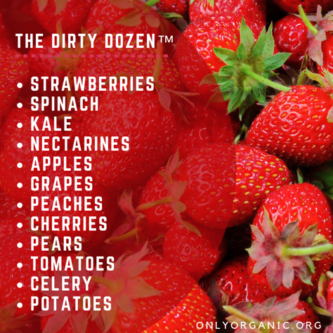
Topping the list for the last five years is strawberries. The USDA found that strawberries contain over 20 pesticide residues. They also found that 99 percent of strawberries had detectable residues of at least one pesticide. Samples contained residues of 81 different pesticides in various combinations and 30 percent had residues of 10 or more pesticides. To learn more about strawberries you can read the most recent updates from EWG here.
But, while strawberries are at the top, this doesn’t mean the rest are not equally as toxic. More than 90 percent of samples of apples, cherries, spinach, nectarines, and kale that the USDA tested were positive for residues of two or more pesticides and multiple samples of kale showed 18 different pesticides. On average, they found that kale and spinach samples had 1.1 to 1.8 times as much pesticide residue by weight than any other crop tested.
But, don’t let these facts scare you, the solution is to purchase or grow organic to skip these chemical residues found on the Dirty Dozen. The great news is crops like Kale are easy to grow and can even survive the coldest winter. Kale even gets sweeter during the colder months. When shopping for produce found on the Dirty Dozen list be sure to look for the USDA certified organic logo and often times the price look-up code, also known as PLU number, is a 4- or 5-digit number that is primarily used on fresh produce items and will typically appear on a small sticker that is applied to an individual piece of fresh produce. Conventional codes are typically 4-digit codes whereas organic PLU codes will show up as a five-digit code starting with the number 9. Conventional apples, for example, carry a PLU code of 4100 but if that product is organic it would carry a PLU code of 94100.
Knowing how to locate organic and grow organic will ensure a healthy option for you and the environment. Every dollar you spend on organic at the supermarket, farmers market, or CSA is a powerful vote for our food future.
